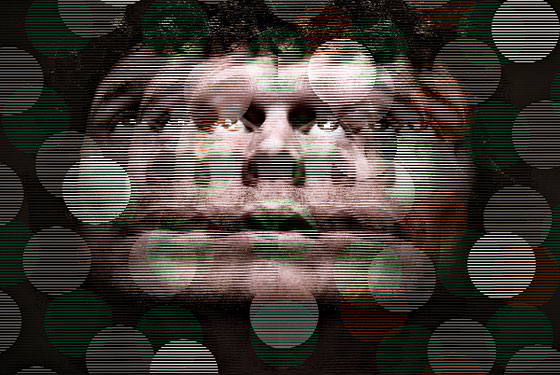“That traditional view of morality is beginning to show signs of wear and tear. The fact that human morality is different from animal morality — and perhaps more highly developed in some respects — simply does not support the broader claim that animals lack morality; it merely supports the rather banal claim that human beings are different from other animals…Unique human adaptations might be understood as the outer skins of an onion; the inner layers represent a much broader, deeper, and evolutionarily more ancient set of moral capacities shared by many social mammals, and perhaps by other animals and birds as well.“
In The Chronicle of Higher Education, bioethicist Jessica Pierce and biologist Marc Bekoff suggest what apparently agreed-upon rules of canid play teach us about animal morality. (via FmH.) “Although play is fun, it’s also serious business. When animals play, they are constantly working to understand and follow the rules and to communicate their intentions to play fairly.“

